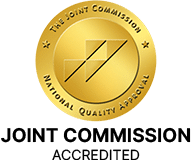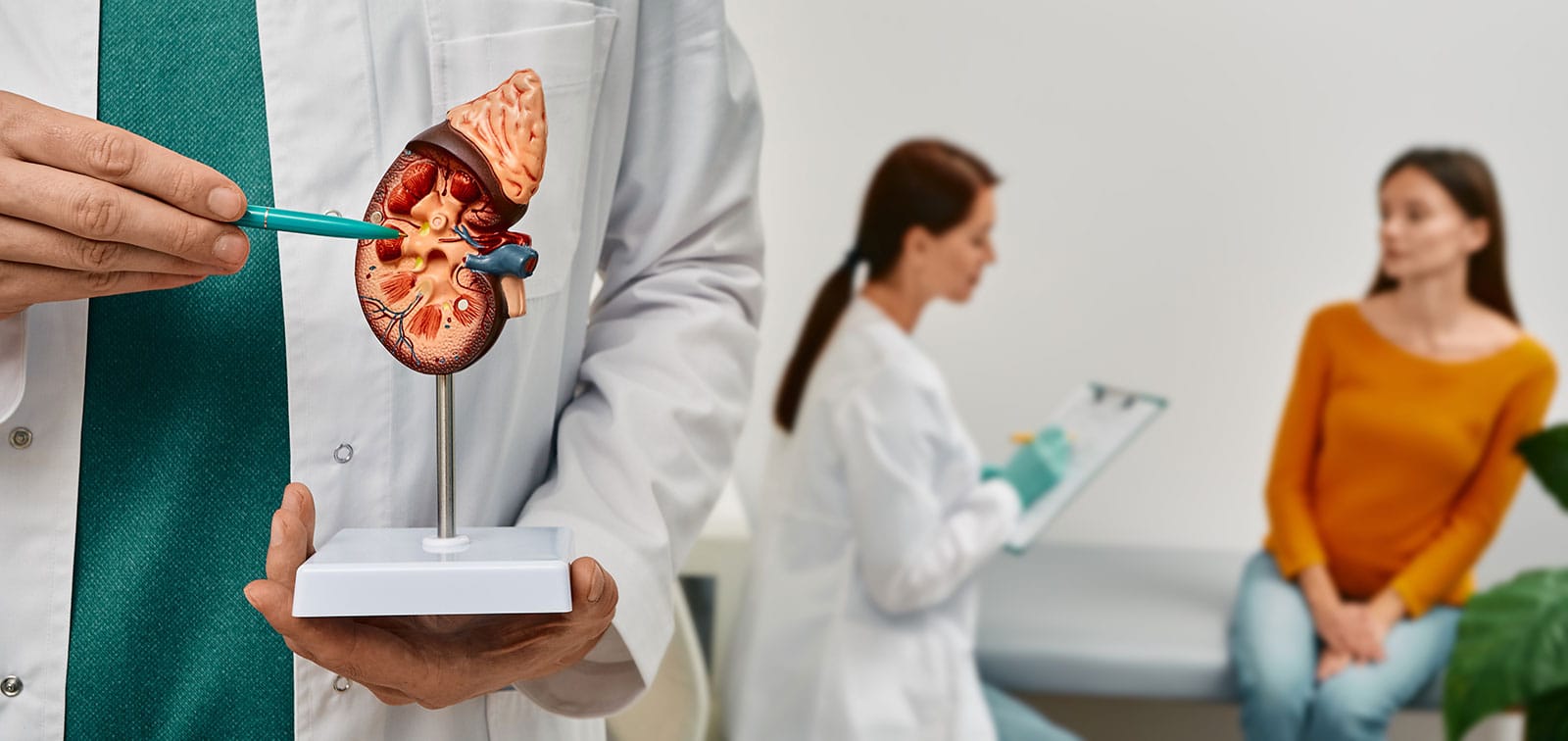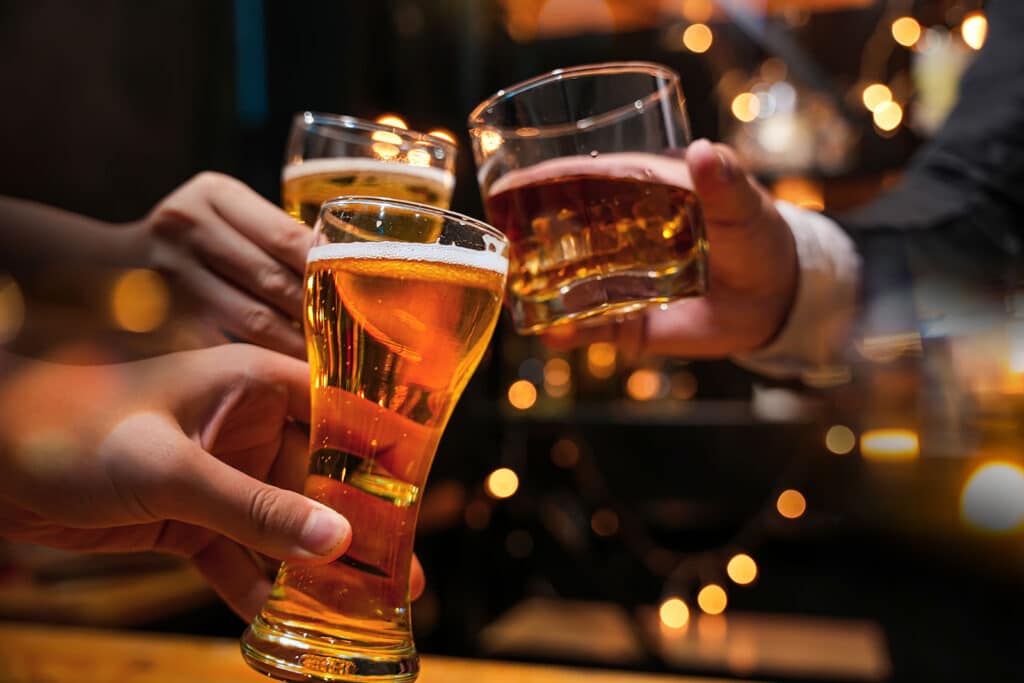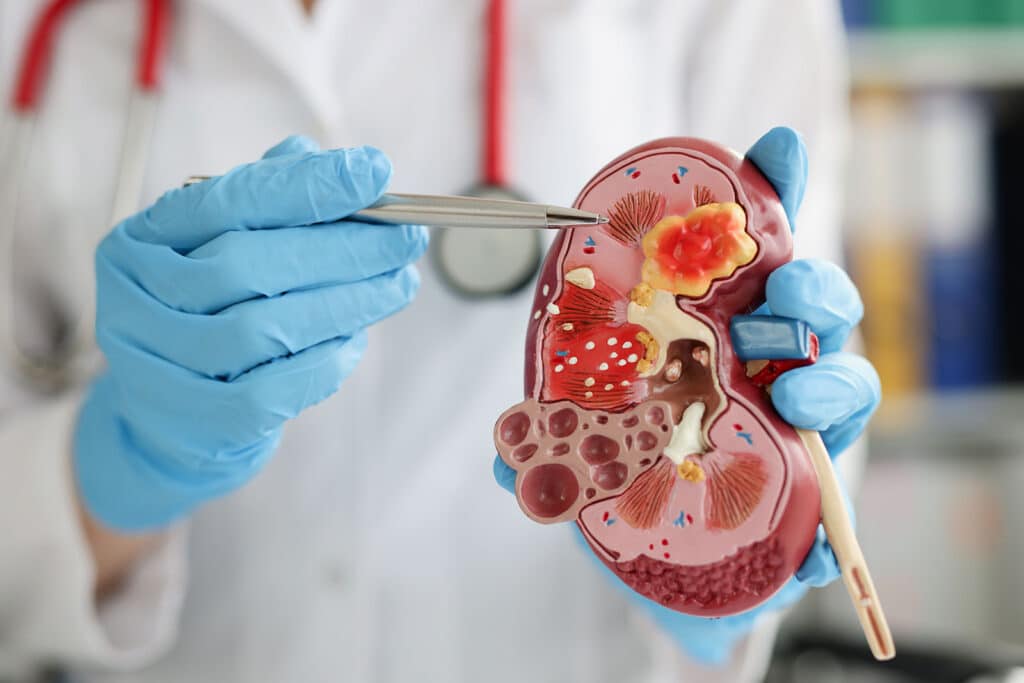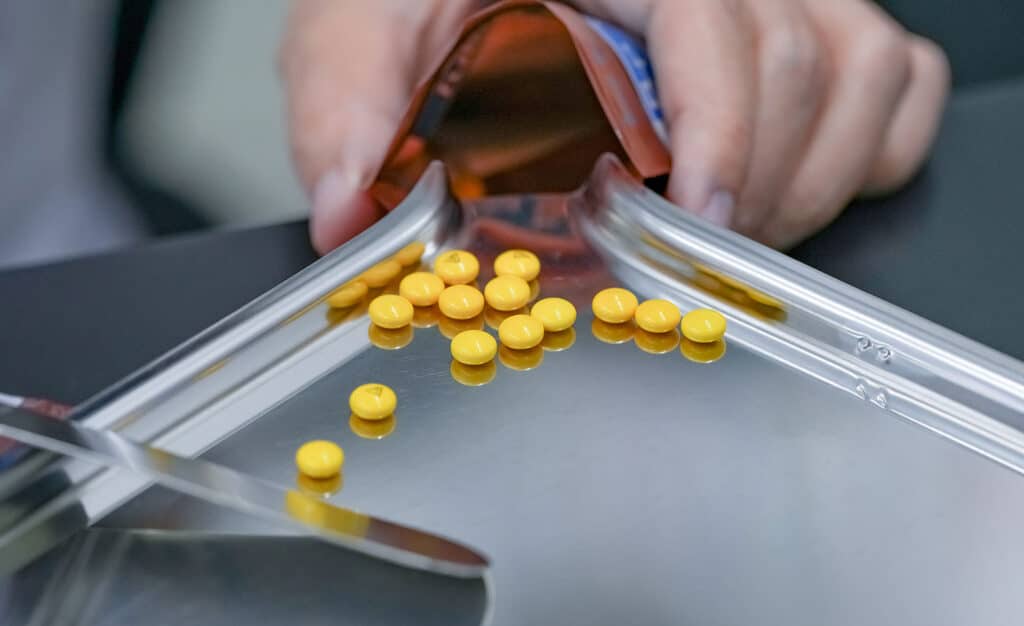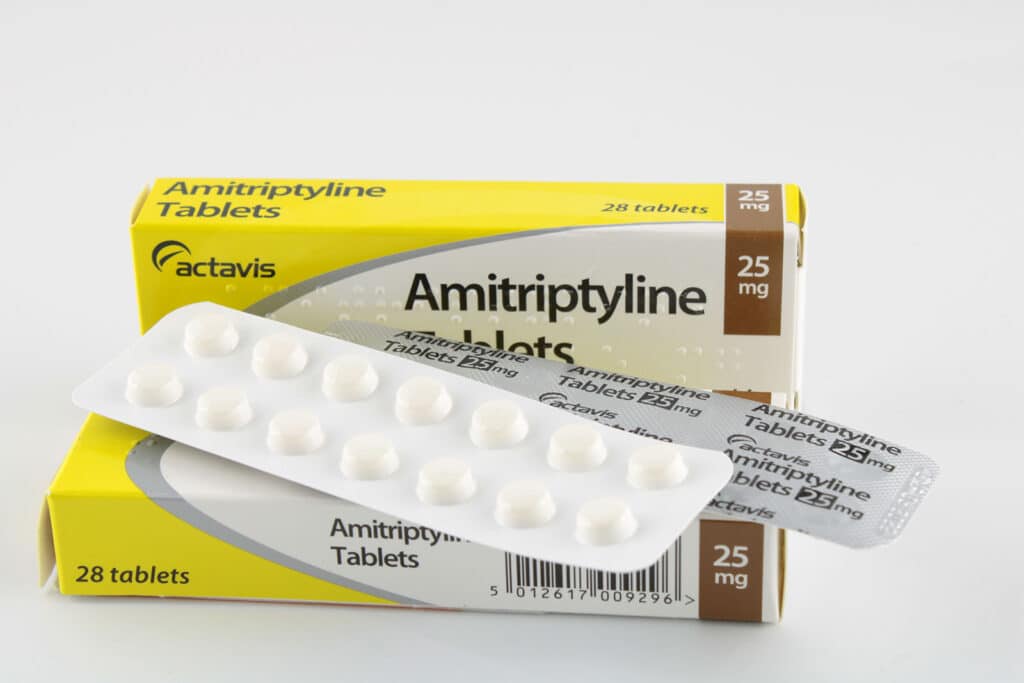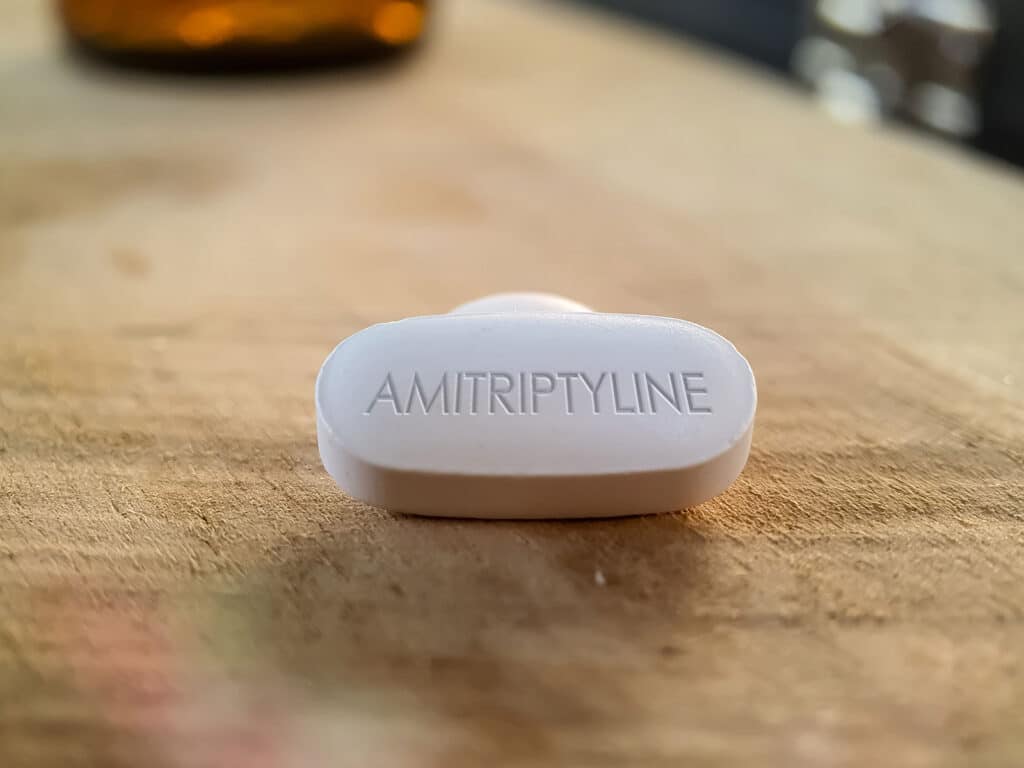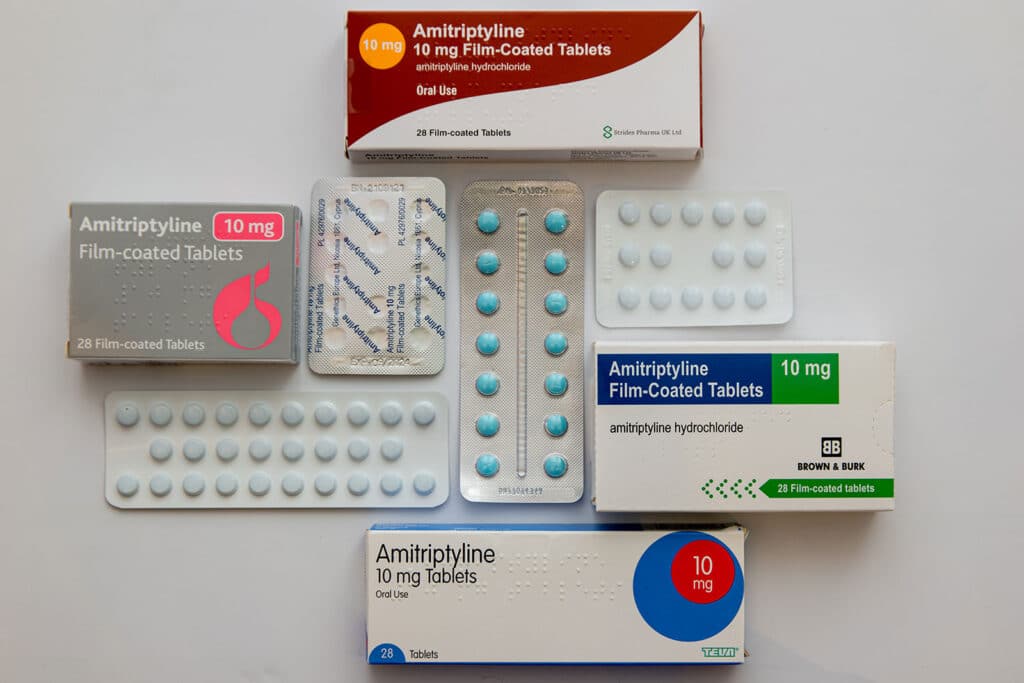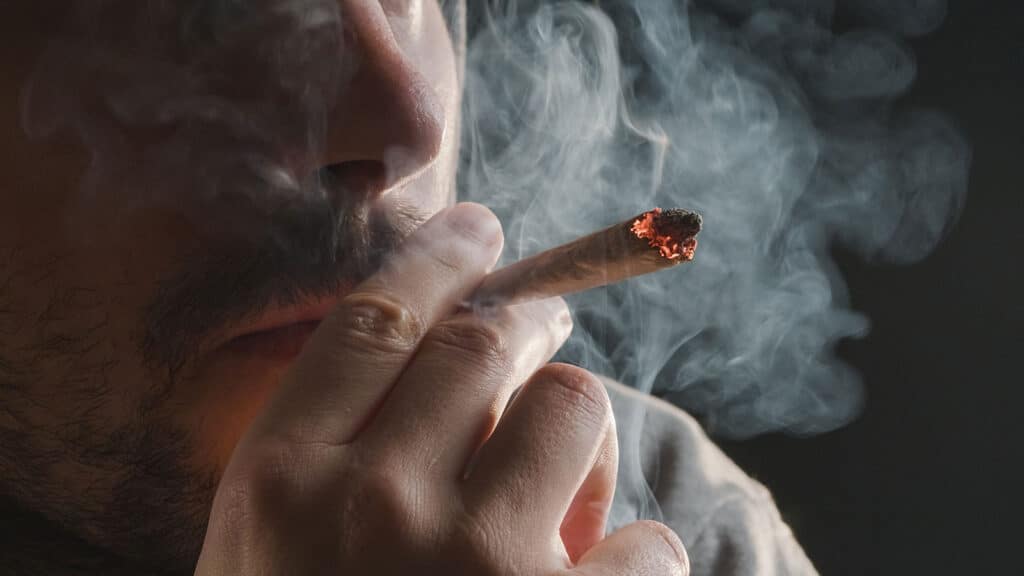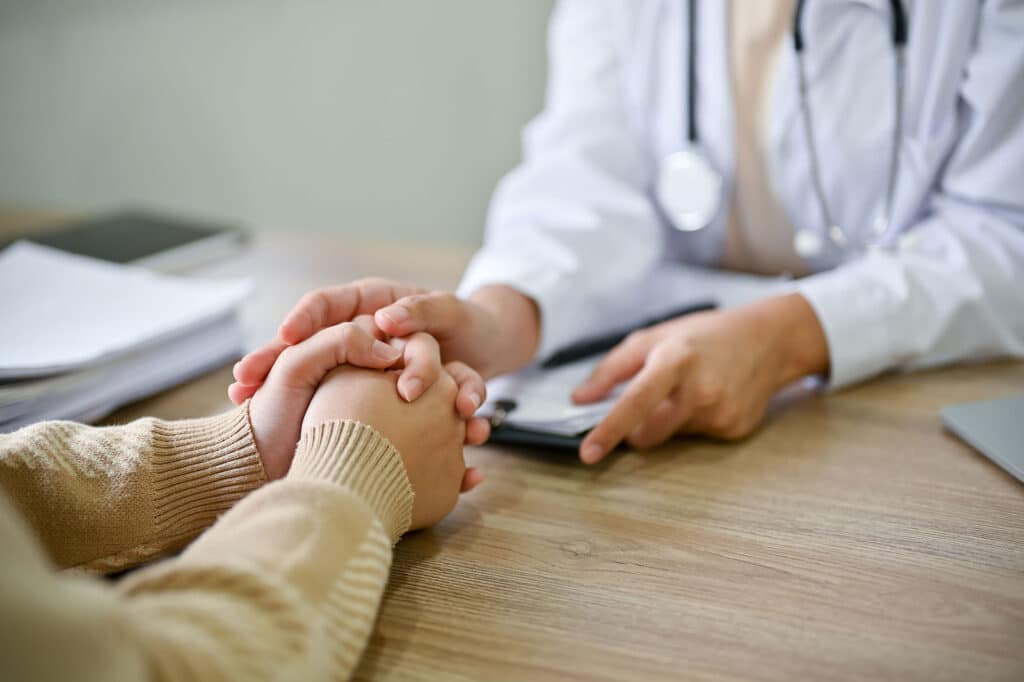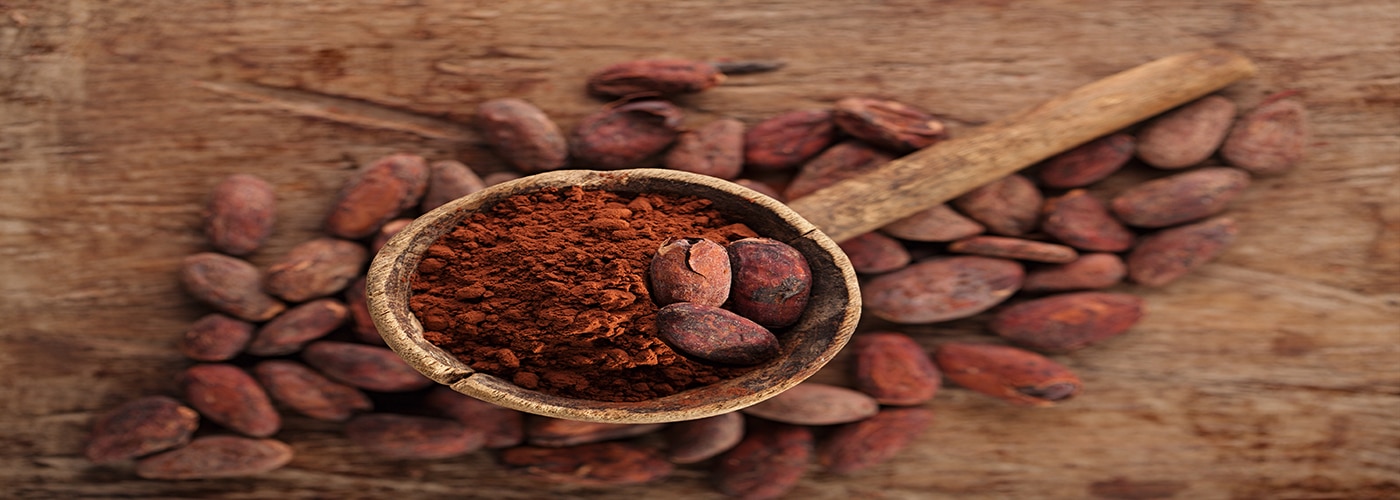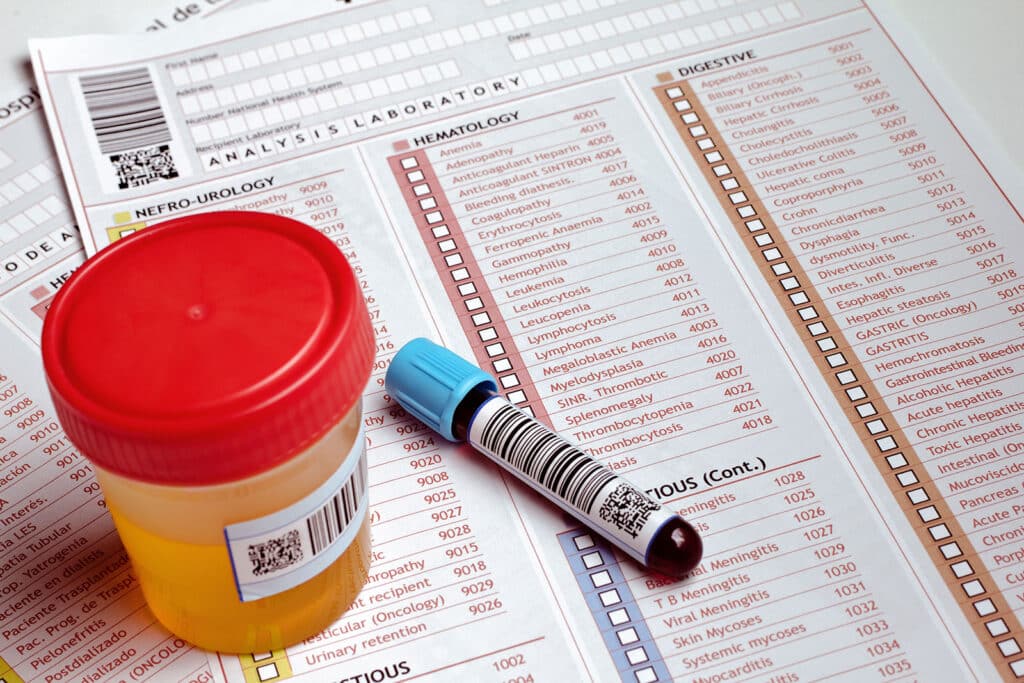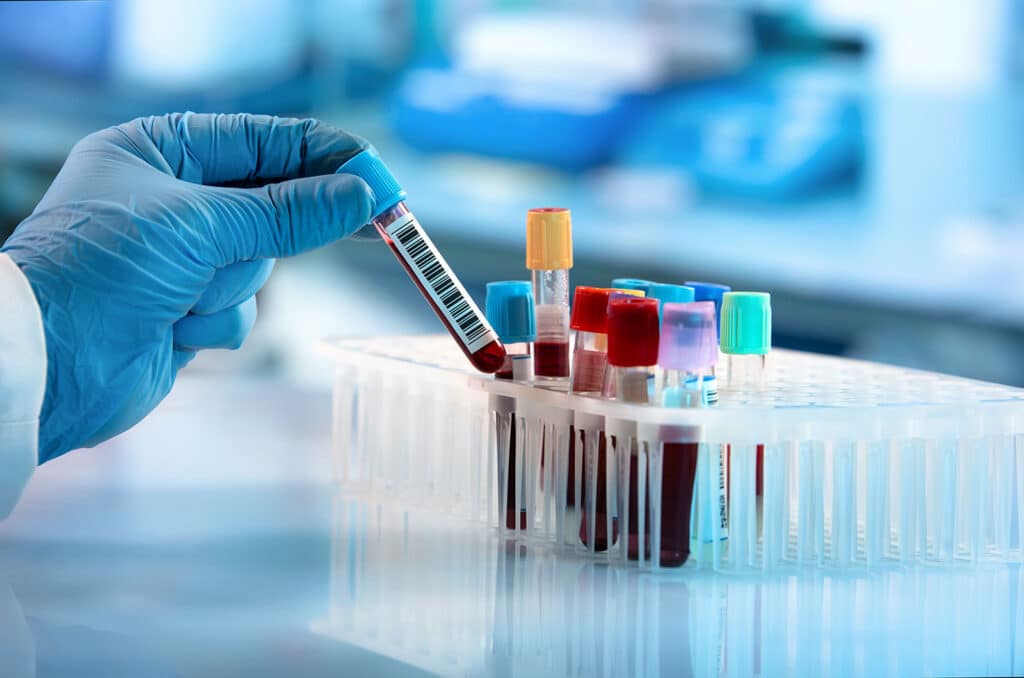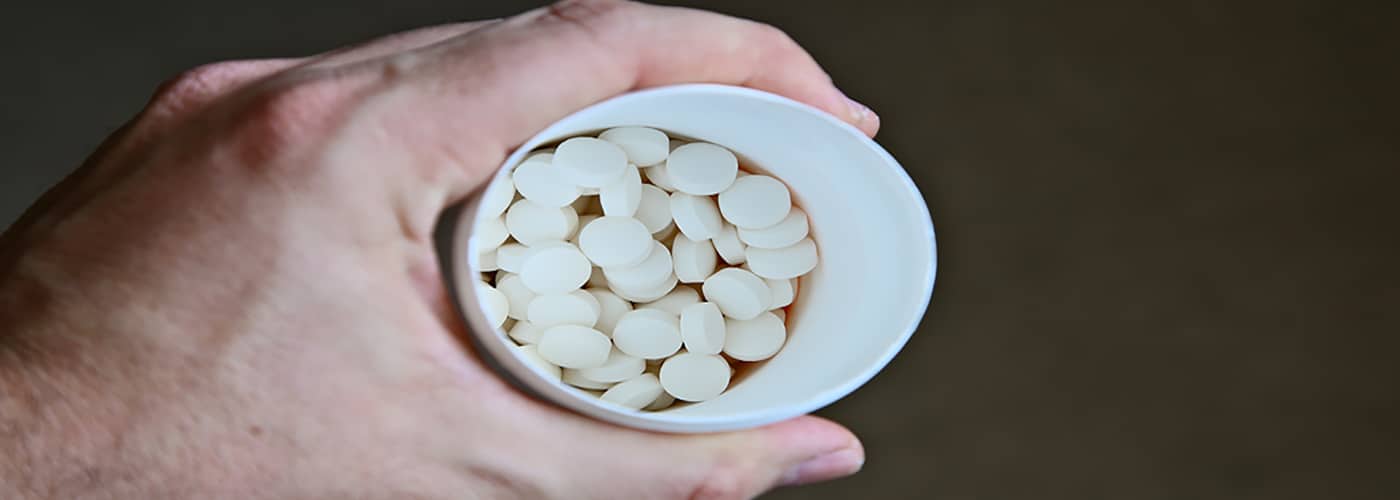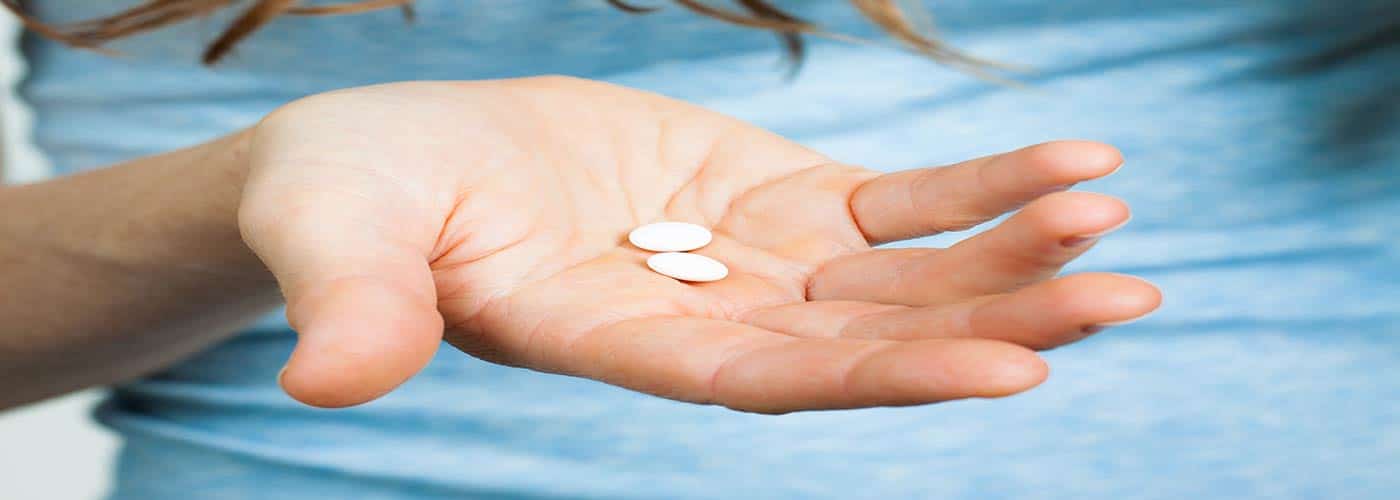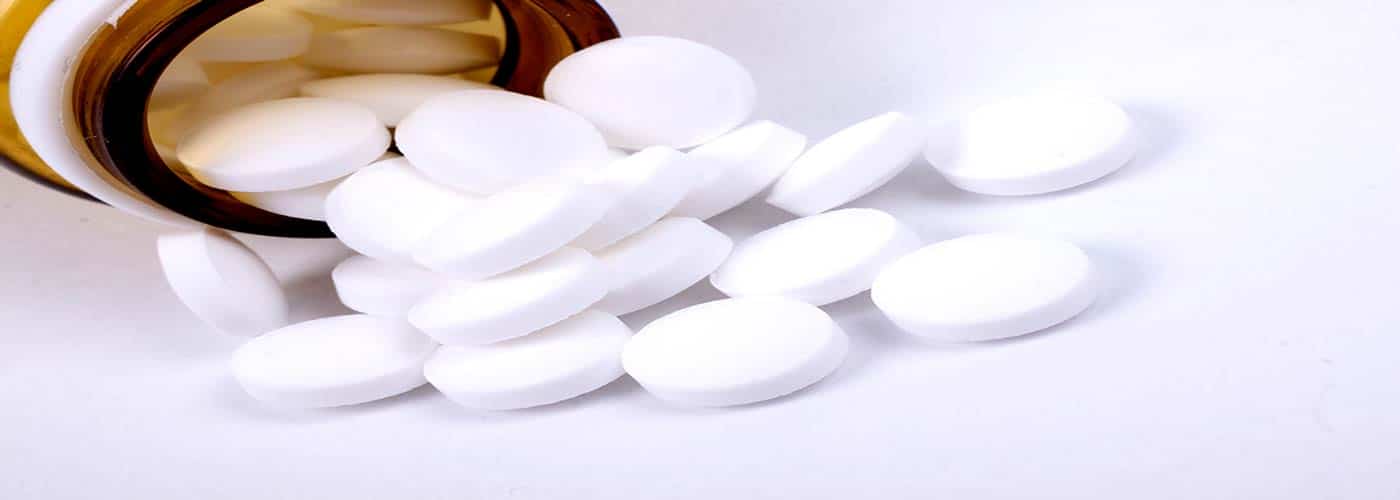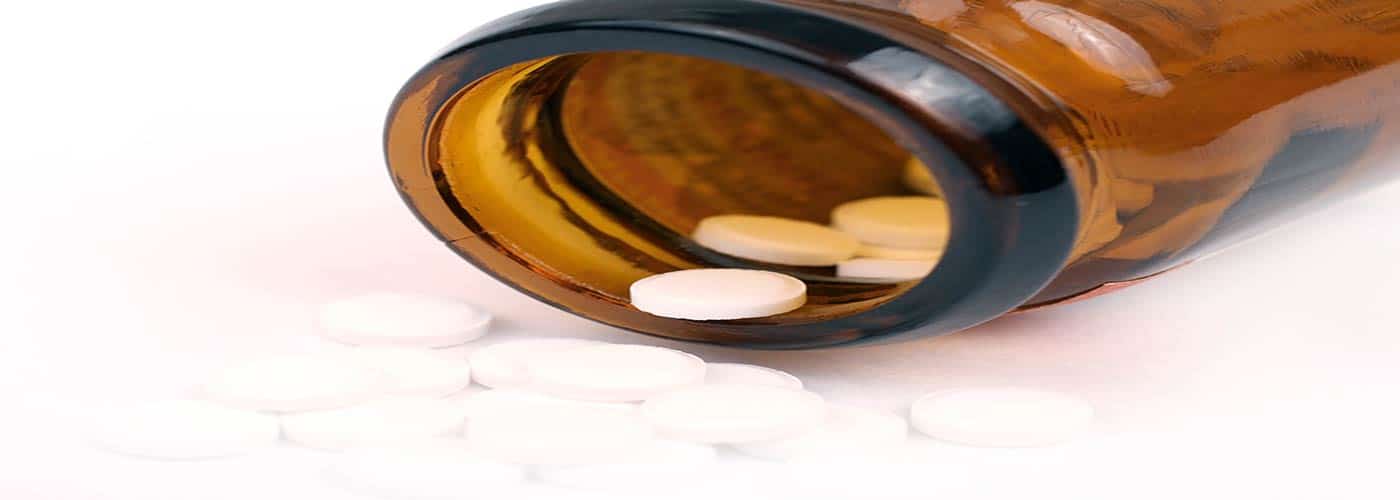With over half a million meth users per week in the U.S., identifying the drug can prove critical. One of the ways you can recognize meth is through its unmistakable taste and smell.
Meth primarily tastes bitter and tart. Nevertheless, its taste differs based on its source. Some batches have different levels of ingredients. For instance, ones with more sulfur-infused ingredients will likely carry a rotten egg taste.
Meanwhile, if it has more gasoline or combustible ingredients, it’ll have a more distinct alcoholic taste.
In most scenarios, meth tastes like it smells, which can range from ammonia to burning plastic. That said, stick around to learn more about meth’s smell.
Meth Taste
Meth typically has a bitter taste. In most cases, it tastes the same as it smells. The drug often smells of rotten eggs, metal, burnt plastic, and vinegar. It has a distinctively chemical taste, whether the narcotic is crystal, powder, or liquid.
In other cases, flavored meth offers users a more flavorful taste. Drug producers may add strawberry, orange, cola, or chocolate flavors to appeal to a larger audience. They also name the product based on its flavor. For instance, drug dealers may sell strawberry-flavored batches as pink meth.
Flavored meth is also termed “Yaba,” This form of meth contains meth, caffeine, and added flavors and comes in pills.
That said, first-time users of meth may experience nausea from the overwhelmingly acidic and unappealing taste.
What Affects Meth Taste?
As a synthetic drug, meth has multiple origins and blends. For this reason, it may not always taste the same. The levels of ingredients added affect the taste of the drug. These ingredients can include:
- Cleaning Products
- Paint Thinner
- Hydrogen Peroxide
- Lithium Battery Acid
- Acetone
- Iodine
- Solvents
- Ephedrine
- Anhydrous Ammonia
- Chlorine
- Freon
- Chloroform
- Gasoline
- Camp Stove Fuel
- Sulphuric Acid
- Epson Salt
- Propane
- Lye
The primary flavor in meth is the over-the-counter medicine known as pseudoephedrine. The medication gives meth its bitter taste.
Drug distributors and manufacturers term the process of making the drug “cooking meth” because it involves heat. Once the ingredients infuse together, they create an odorous product with a pungent taste.
Meth Taste Based on Type
There are two types of meth sold, prescription and illegal. Both carry distinguished tastes due to their ingredients’ concentration.
Illegal Meth Taste
Illegally sourced meth usually comes in a white or light brown powdery form. With the variety of dangerous ingredients added, it can taste different each time. If the drug contains more ammonia, it can taste like cat urine.
Drug manufacturers also use cutting agents to bulk their products. They can include milk powder, talc, and sugar, which can influence the taste of the drug. Since meth has such an unpleasant taste, most users opt to snort, inject, or smoke the substance.
Prescription Meth Taste
Although meth is synonymous with abuse, the narcotic also comes in an FDA-approved pill prescription form. Medical professionals label the drug methamphetamine hydrochloride or Desoxyn.
The medication treats patients suffering from Attention Deficit Hyperactive Disorder (ADHD), narcolepsy, and obesity. Users describe the pill as tasteless, while others can taste some bitterness.
Dangers and Risks of Ingesting Meth
Meth poses several risks to human health, both psychologically and physically. Although multiple users take meth through various paraphernalia, the drug is also popularly ingested. After knowing what the narcotic tastes like, here are the effects of ingesting meth.
Psychological Effects of Meth
Meth primarily targets your brain’s dopamine levels. It causes a temporary increase in the happy hormone bringing about euphoria and alertness. Nevertheless, ingesting meth doesn’t produce an instant rush associated with smoking and injecting it.
Instead, the effects of meth, when ingested, appear after 15 to 20 minutes. Meanwhile, snorting meth can produce the euphoric effects after only three to five minutes of intake.
Neurological Damage
Meth triggers the brain’s dopamine production. Constant use of the drug can hinder this production from naturally occurring. Consequently, meth can result in anxiety, paranoia, hallucination, and paranoia.
Cognitive Issues
Meth can also inhibit proper cognitive function, such as recalling information. The drug causes neuronal death in the hippocampus, which is responsible for memory and learning.
Neuronal death occurs when the number of neurons in the brain’s Central Nervous System (CNS) decreases significantly. In most cases, the cells’ recovery is unlikely.
Physical Effects of Meth
Not only does the drug affect brain function, but your body’s system as well. The intense psychological effects of meth induce increased blood pressure and heart rate. Here are other physical risks associated with meth intake.
Stomach Issues
Ingesting meth can pose multiple risks to your gastrointestinal health. That said, the drug induces dopamine production. The hormone’s presence can alter your ileum’s, or the last part of the intestine, ability to contract.
In turn, the waste in your intestine can’t move out of your body, and you can experience constipation. In addition, since meth constricts your blood flow, it can reduce the blood supply to your vital organs like the gallbladder and intestines. Consequently, the body will likely experience organ failure and critical ulcerations.
Meth Mouth
Ingesting meth can lead to increased oral health risks. Your mouth naturally produces saliva to protect your teeth. Abusing meth can reduce your salivary glands’ ability to make the fluid protectant leaving you with a dry mouth.
The added ingredients tend to be acidic. They can include battery acid, cleaning agents, and fertilizer, which can deteriorate your enamel. Additionally, since the drug causes excess paranoia, users grind their teeth excessively, which wears their teeth.
To Conclude
For the most part, meth has a bitter taste accompanied by a pungent odor. The drug may also taste differently based on the ingredient concentrations.
Meth with more alcohol-based ingredients will likely taste chemical and bitter. Meanwhile, sulfuric additives can add a rotten egg aroma and taste to the drug.
Besides that, meth ingestion has detrimental causes on your physical and psychological health., from neurological to dental issues.
Published on: 2023-02-27
Updated on: 2024-02-16


